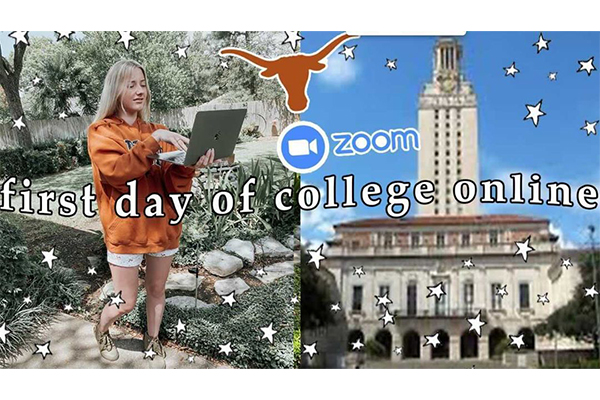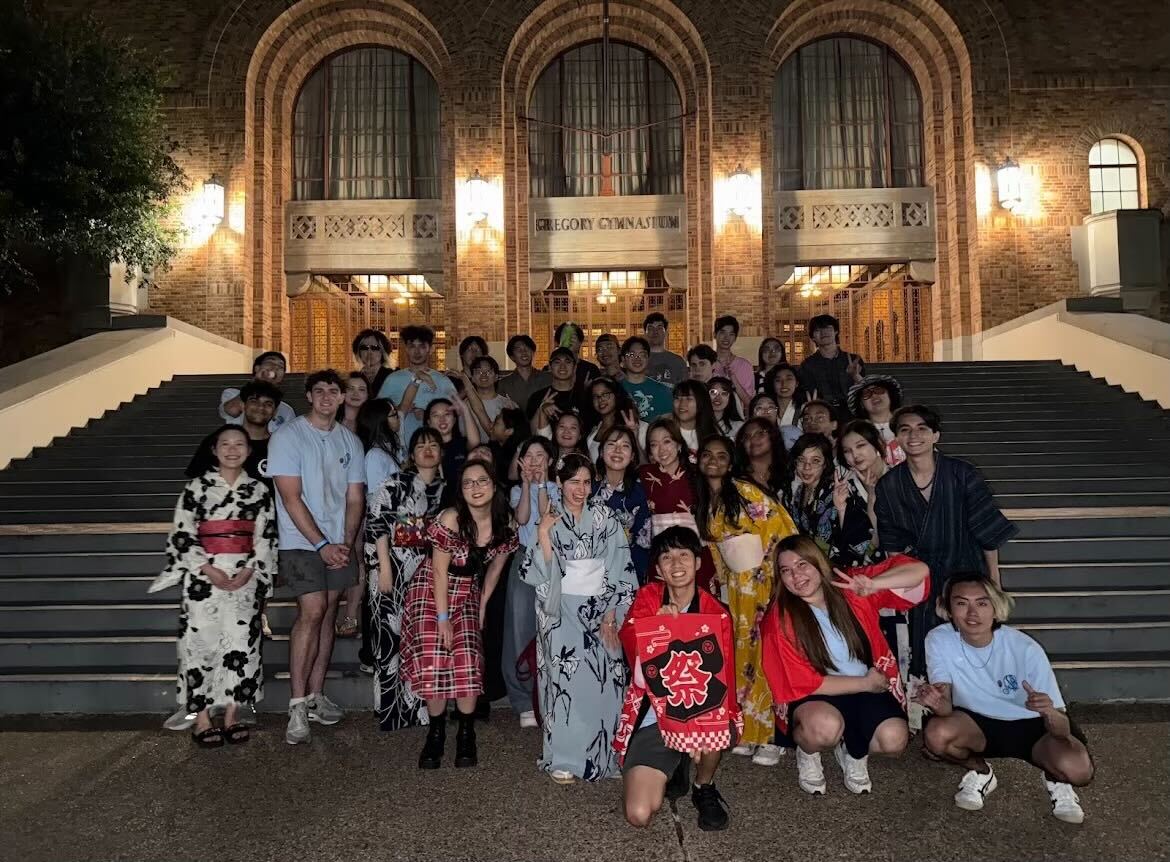“Welcome back to my channel, everyone,” Amanda Saunders said to the camera.
Saunders sat in front of her grandmother’s china cabinet, filming a video for her 7,000 subscribers on her college and lifestyle YouTube channel.
“It's not all glamorous right now,” advertising senior Saunders said. “I live at home. I'm taking care of my (grandparents), which I love doing. … So it's been different.”
With most of campus life inaccessible due to the COVID-19 pandemic, college-based content creators on platforms such as YouTube and TikTok are shifting their videos from Speedway to inside their homes.
“It went from all of the action-packed content to now focusing on journaling prompts … and just being more informative instead of entertainment,” Saunders said.
After seeing a lack of videos about the UT transfer process, Saunders said she began making videos about her own transfer student experience in the fall of 2018.
With more time on her hands during the pandemic, Saunders said she can edit videos more thoroughly and add relatable jokes, which she said requires an understanding of pop culture and current events.
“If you were making content that didn't change … like, you're still jumping out of airplanes and you're still vlogging at parties in these huge content houses, you really are on the brink of tone deaf,” Saunders said.
At the beginning of the pandemic, Faith Bang, a communication and leadership freshman, said she stepped back from creating videos on TikTok because of the influx of content at the time. Now, she focuses on showing her 400,000 followers what life is like as a college student during the pandemic.
In November, Chipotle and YouTuber David Dobrik teamed up to give away $10,000 to someone who shared their Chipotle order in a TikTok. Bang said she immediately headed to the Chipotle on Guadalupe Street with the last $12 in her bank account.
“For the Chipotle TikTok, I was like, ‘Okay, I'm going to talk about being broke and I'm going to go to Chipotle and show my order,’” Bang said. “There's a good amount of people on the internet who like to watch people eat, so I was like, ‘Okay, I'm just (going to) eat.’”
After the video gained over 13 million views, Dobrik chose her as one of the winners of the $10,000. Bang said the majority of the money will help pay for her tuition.
Realizing that high school seniors were beginning their college application process, business freshman Lindsay Choi said she began creating longer videos on YouTube about her student experience to target that audience.
“I thought, ‘Why not make my own statistics video?’” Choi said. “I felt like I had a lot of things to say because I really struggled with my college application a lot.”
After arriving at UT, Choi hoped to film dorm tours and day-in-the-life vlogs but said she now focuses on offering advice and tips to future college students.
For content creators such as Saunders, pandemic restrictions have led to more purposeful content.
“College influencers were able to … use their platform in a positive light by showing things that you can do at home,” Saunders said. “It really did shift a lot of content from just being oblivious.”




















